Introduction
In this digital era, technology has changed the way we work and interact with our surroundings. The world of construction is also not spared from this transformation. One of the paradigm-changing breakthroughs in the construction industry is "Scan to BIM". This technology integrates 3D scanning with Building Information Modeling (BIM), enabling us to transform the physical reality of a building or infrastructure into an accurate digital model. In this blog, we will explain the main benefits of Scan to BIM and how this technology can provide significant advantages in construction projects.
What is Scan to BIM?
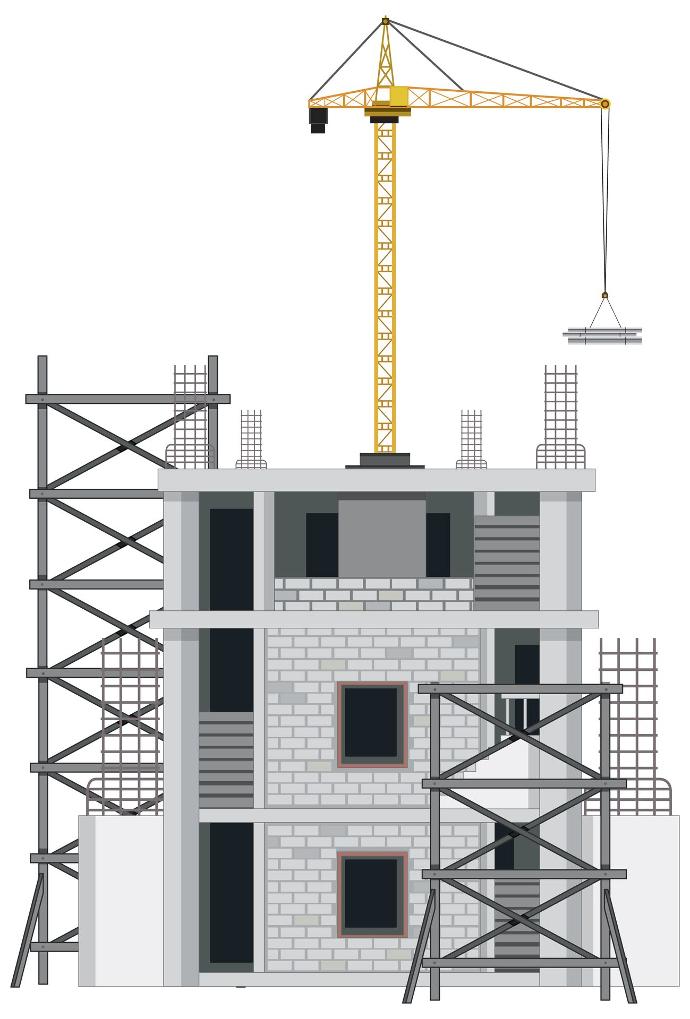
Scan to BIM is the process of scanning a physical object, such as a building, bridge, or building, to create a precise digital representation. These scans are performed using technologies such as Laser Scanning or Photogrammetry, which produce point clouds in three dimensions. Furthermore, this point cloud data is processed into a BIM model, which contains detailed information about the structure and geometry of the building, mechanical, electrical, and cistern systems, as well as other relevant elements.
Key Benefits of Scan to BIM
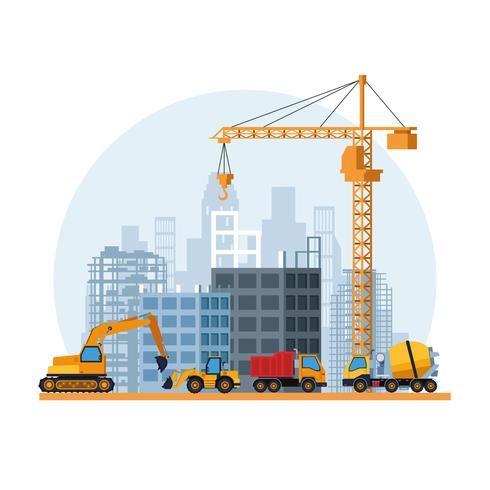
Accurate and Realistic Visualization
Scan to BIM allows us to have highly accurate and realistic digital models of buildings or physical infrastructure. This BIM model provides a visualization that is close to reality, enabling the project team to clearly understand the condition and physical characteristics of a structure.
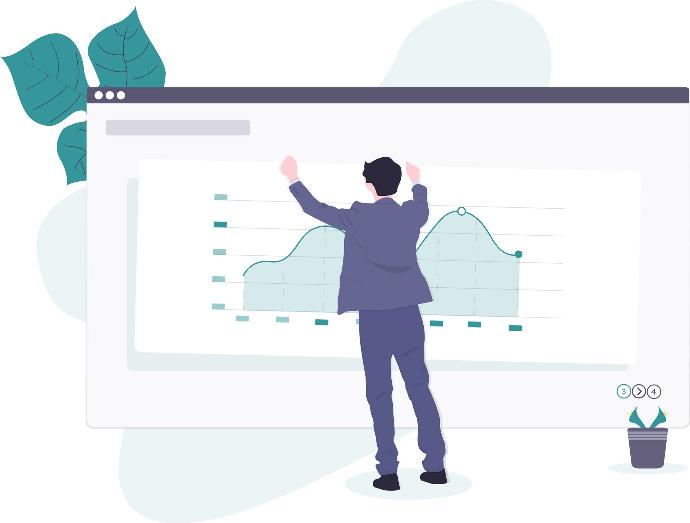
Precision Measurement
In construction projects, precise measurements are very important. With Scan to BIM, measurements are carried out with a high degree of precision. 3D scanning data accurately provides detailed information about object dimensions and shapes, reducing the risk of manual measurement errors and improving design quality.
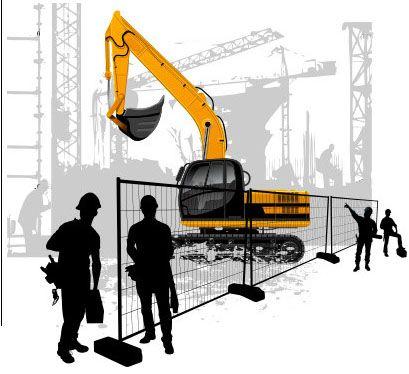
Construction Progress Monitoring
Scan to BIM enables effective monitoring of construction progress. By scanning at specific points during the life of the project, the management team can compare actual conditions with the BIM model to identify changes, shifts, or deviations that may occur. This helps in making timely project decisions and reduces the risk of potentially costly mistakes occurring.

Efficiency in Plan and Design
In the planning and design stages, Scan to BIM allows teams to plan more efficiently. Accurate BIM models help architects, engineers, and contractors collaborate more effectively, reducing the possibility of costly design changes later.
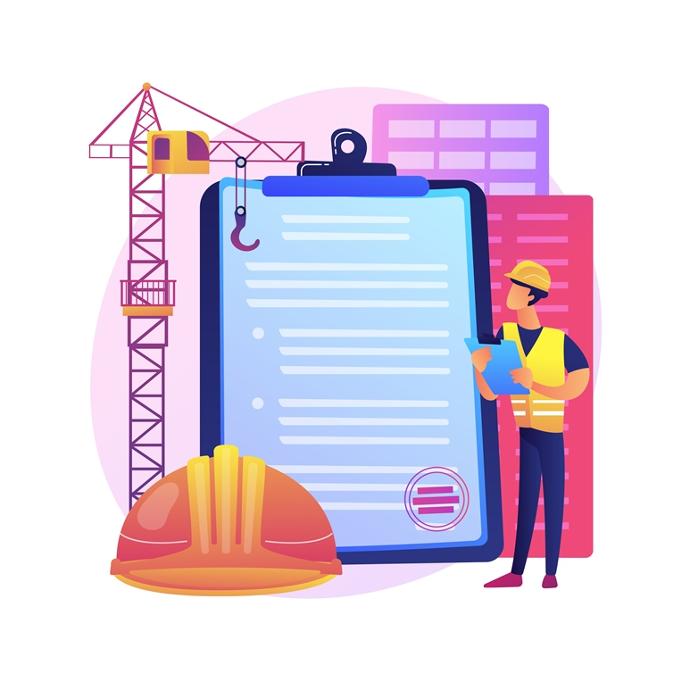
Better Construction Management
Successful project management requires a clear understanding of project conditions and developments. Scan to BIM provides real-time data that management teams can use to manage resources, time, and costs more efficiently. This allows the project to run on a set schedule and budget.
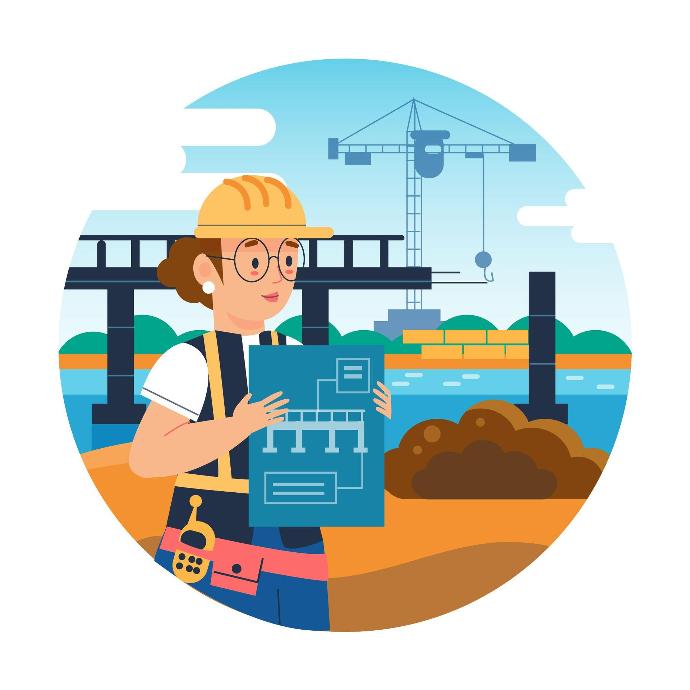
Match and Clash Identification (Clash Detection)
One of the significant benefits of Scan to BIM is its ability to identify potential clashes between various construction elements before physical construction begins. By detecting a collision at an early stage, teams can take preventive action to avoid problems that may arise in the field, saving time and money that would otherwise be required for repairs at a later date.
Benefits in Maintenance and Operations
After the project is completed, the benefits of Scan to BIM do not stop at the construction stage. Complete and detailed BIM models can facilitate building maintenance and operations. Information on utility systems, structures, and other components is easily accessible, enabling building owners to perform maintenance and repairs more efficiently.
Conclusion
Scan to BIM has revolutionized the construction industry by transforming physical reality into accurate and informative digital models. Key benefits of this technology include realistic visualization, precise measurement, monitoring of construction progress, efficiency in planning and design, better project management, identification of collisions, and ease of maintenance and operation.

By leveraging the potential of Scan to BIM, we can reduce risks, save costs and improve the overall quality of construction projects. This technology is a smart investment for the modern construction industry, taking us toward a more efficient, sustainable, and innovative future.